An oscillating tool is a versatile power tool that can be used for many things. It can be used to cut drywall, sanding, and scrape. Construction professionals often use it because it can cut fast and cleanly.
Cutting drywall with an oscillating tool is a great way to save time and get the job done. In addition, it will give you a ton of versatility in cutting materials, which is a huge benefit.
Are Oscillating Multi-Tools Suitable For Cutting Drywall?
Yes, of course. Using an oscillating multi-tool, you can cut drywall. Cutting drywall with an oscillating tool is a widespread industry practice.
Cutting soft gypsum like butter with these tools is more precise and cleaner than using a circular saw or jab saw on a wall or unhung drywall sheet.
Cutting an already installed sheetrock is more complicated than cutting drywall sheets with a utility knife. However, a multi-tool that oscillates shines at this task.
Despite being noisy and not very fast, the multi-tool is an excellent tool for creating neat, deliberate cutouts in drywall.
Cutting Drywall With An Oscillating Multi-Tool
Here are some tips for cutting drywall with an oscillating tool to help you with your next home improvement project.
First, deciding whether you want to use a corded or cordless oscillating tool to cut drywall is important.
Drywall Cutting Tools: Corded or Cordless
Cordless or plug-in oscillating multi-tools are the two types of oscillating multi-tools you can buy. Though they work similarly, both have their advantages and disadvantages.
Let’s review the pros and cons of these two tools before learning the best way to cut drywall with them.
1. Cordless Oscillating Drywall Cutting Tools
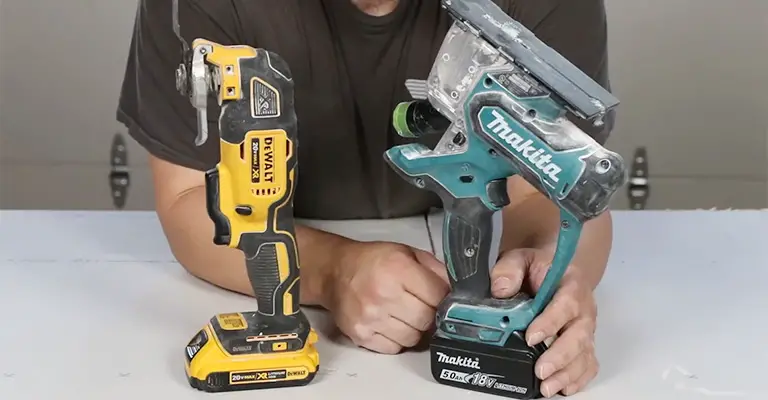
A cordless tool has the advantage of being able to be used anywhere. Your work area does not need electricity as long as your battery is charged.
There is only one con: if you use it for an extended period, the battery could die. Having a spare battery on hand can be useful when using your cordless oscillating tool.
2. Cutting Drywall With Corded Oscillating Tools
The power of corded oscillating tools is usually greater than that of cordless oscillating tools. Running out of power is not a concern as long as an outlet is available.
To use the tool for cutting drywall, you need a plug; if there is no electricity on the job, you cannot use it. The closer the outlet is to your work area, the more likely you will need to run an extension cord.
Using Your Oscillating Tool To Cut Drywall
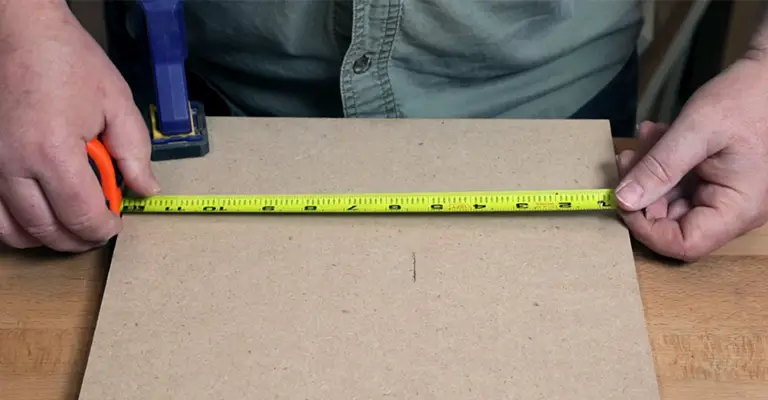
After choosing the best tool for cutting drywall, it is important to get your power tool safety gear. For example, when cutting drywall with an oscillating tool, you should wear gloves and eye protection.
If you are cutting drywall, you should also wear hearing protection. Here are the steps you should follow if you don’t know how to cut drywall:
- First, use a ruler and pencil to measure and mark your cuts.
- If you have an oscillating multi-tool, fit a drywall blade to it. HSS blades in semicircles are good for cutting drywall.
- Make your cuts on a stable surface using work support when cutting drywall sheets.
- Start by powering up the tool and cutting along the lines.
- If you want to cut drywall correctly, use a slow rocking or pendulum motion. You can use this method to remove dust and debris from the cut.
- Additionally, more work will be distributed over the cutting edge, preserving the blade.
- Using an oscillating tool to cut drywall can result in dust-obscured marks. To remove the dust, stop the tool and wipe it away.
If you have a lot of drywalls to do, an oscillating multi-tool can save you a lot of time. Additionally, it can also be a handy tool for DIYers and contractors.
You can sand, scrape, and cut many materials using an oscillating tool with a good selection of accessories.
Cutting Out Large Panels or Sections of Drywall
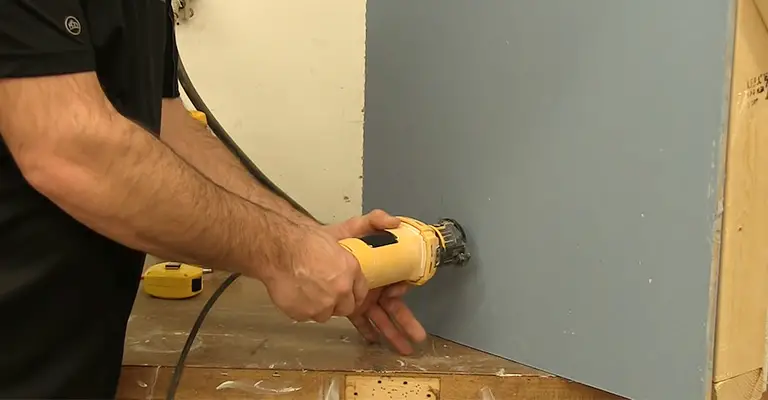
A multi-tool is not the fastest tool for cutting out large sections of drywall, but fan-shaped blades are a great choice.
If you want to maximize your cutting speed, you should use a zip tool known as a drywall cutout tool. Multi-tools, however, can produce very straight, clean lines if appropriately used.
Drywall Flush Cuts Along Horizontal Surfaces
In the case of oscillating multi-tools, shopping for blades can be confusing, especially if you are brand new to the genre.
Blades come in various packs, and although there is usually a clear indication of what material the blade should be used on, their labels aren’t always precise.
There are several types of flush-cut blades, but this one is the easiest. It looks like a Victorian folding hand fan, usually in half or 3/4 circles.
In addition, they are also available in rectangular shapes and allow you to make cuts parallel to flat surfaces without damaging them. Flushed cut blades are available for drywall, wood, metal, and multi-materials, as are flush cut blades.
Cutting Out a Relatively Small Square Shape in Drywall
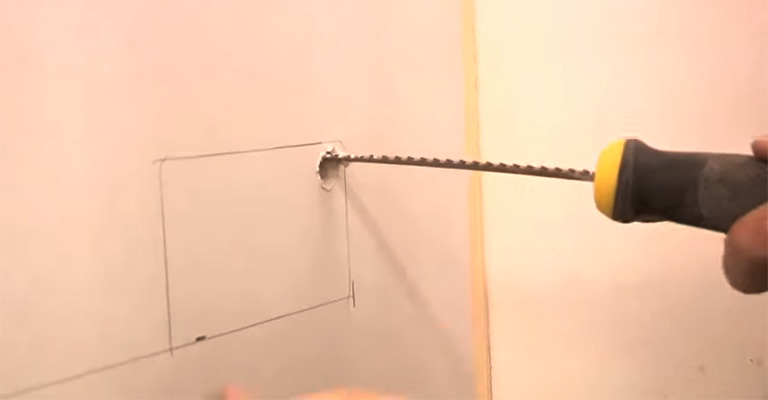
Again, multi-function drywall blades are an excellent choice if you need to make neat, precise cutouts for electrical boxes or vent registers. Since these blades generally have markings that tell you exactly how deep the cutting will go, you can gauge the depth of the cut accurately.
Additionally, they often come with rasp sections that can be used to clean up your cutouts afterward. An alternative to a plunge-cut fine cutting blade in this type of drywall cutout is a plunge-cut fine cutting blade.
Designed for straight plunge cuts and straight cut lines, these are generally simple and square in shape. Therefore, the blade would be able to create square, plumb edges due quickly and easily to these characteristics.
Oscillating Tool for Cutting a Circle or Hole in Drywall
The oscillating multi-tool can be equipped with two-blade options to make hole saw attachments or multi-function drywall blades equipped with dagger blades to cut neat holes for pipes or light fixtures.
Except for vibrating rather than spinning, hole saw attachment blades function similarly to hole saws you’d use with drills. You can undoubtedly get a perfectly circular cut using the hole saw attachment blade, but the hole saw diameter is limited.
Imagining a Swiss Army knife with all of the attachments and doodads extended/open will help you visualize a multi-function blade attachment.
Dagger blades are one of these attachments, allowing you to pierce drywall easily to follow your cut line (or cut circle, in this instance).
Oscillating Multi-Tool Advantages
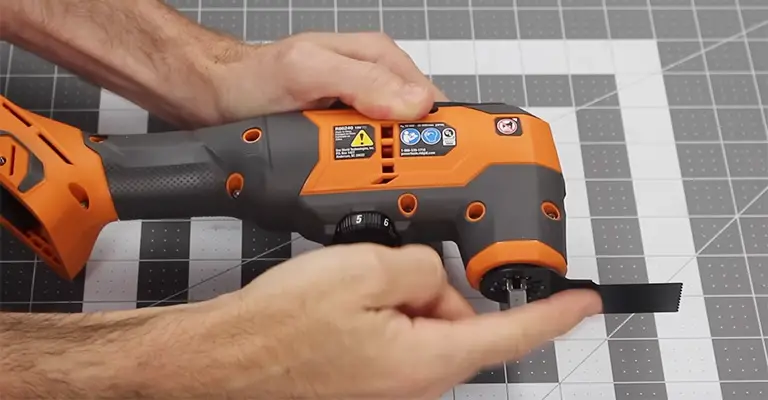
With its oscillating multi-tool blade, the tool can make crisp plunge cuts and define edges in precise locations, particularly in drywall, because the blade vibrates instead of spinning.
It is true that the blade on a multi-tool oscillates at a dizzying rate with a slight 3-degree arc, but the word “vibrate” is at least a descriptive term.
Depth Marking
The blades of oscillating multi-tools are often marked or have measurements that allow the user to assess the depth of the cut in a much more straightforward manner than most other tools. Some blade styles may even replace drywall rasps for cleaner and more precise fitting.
Wide Range of Blades
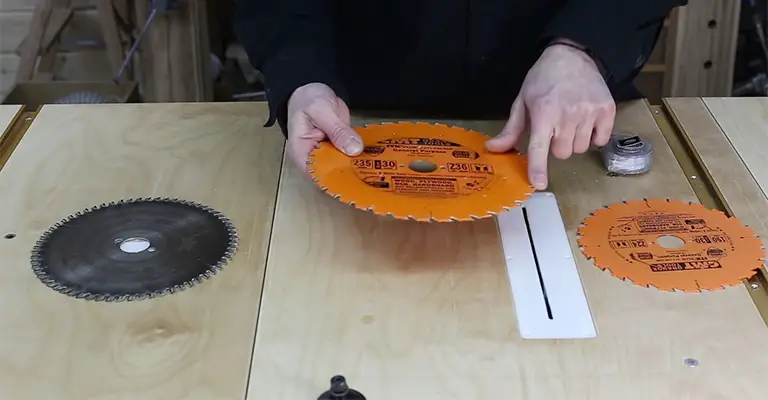
There are various blade options available to use with the tool, allowing users to position the tool in multiple ways and cut in various directions.
A circular saw, for example, can only rotate in one direction, so cutting must be performed by pushing the saw forward through the material.
Oscillating multi-tools, however, can either push or pull with the appropriate blade. When cutting curves or intricate shapes, the user has a wide range of motion. You can perform circular cutouts for plumbing rough ins if you have the right blade.
Flush Cutting
It’s not just useful when working with door jambs, but an oscillating multi-tool also offers flush cuts. An example of a flush cut is one made along a horizontal surface, such as a countertop or flooring.
In addition, flush-cutting is incredibly valuable whenever drywall is being installed, such as when it is used for backsplashes, flooring, or wall trim.
Ability to Plunge Cut
An oscillating multi-tools main advantage for drywall cutting is its ability to perform clean plunge cuts. In addition, a plunge cut’s width and depth can be controlled more easily than other tools due to this design and the variety of blade options available.
Thus, oscillating multi-tools are typically used when clean lines and precise dimensions and shapes are needed, such as when cutting electrical boxes and vent registers out of a wall.
It is possible to create access panels for plumbing and electrical work without having to replace large sections of drywall for this purpose, or if it is necessary to replace drywall while avoiding the internal wall utilities.
Final Words
You will need to know how to cut drywall, whether installing drywall for an entire room or adding new plugs and switches.
For cutting drywall, you can use a utility knife or keyhole saw. However, if you need to make a lot of cuts, doing it by hand is time-consuming and difficult.
When cutting drywall with an oscillating multi-tool, precise cuts can be made in less time. An oscillating multi-tool can be useful in addition to your other drywall cutting tools for long, straight cuts and precision cuts.






